The meeting was held in India on November 30. The prime ministers of Russia, China, Kazakhstan, Kyrgyzstan, Tajikistan, and Uzbekistan attended the meeting. Iran’s First Vice-President Jahangiri attended the online meeting as well.
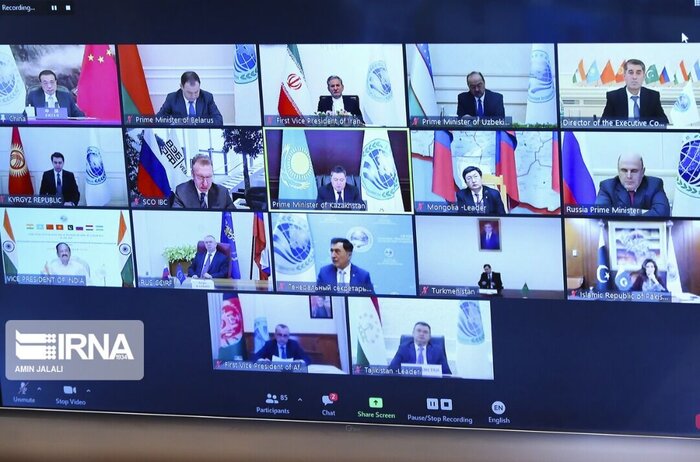
He invited the SCO members to participate in the huge railway project of Chabahar Port.
In the past eight years, President Rouhani’s government has tried to define new transport corridors for goods and passengers and provide their infrastructures. SCO members can use these paths as well.
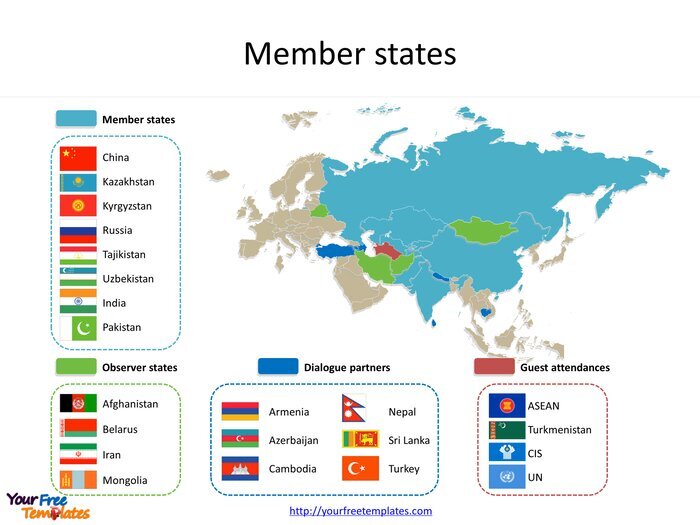
The Shanghai Cooperation Organization (SCO) is a permanent intergovernmental international organization, the creation of which was announced in 2001 in Shanghai by Kazakhstan, China, Kyrgyzstan, Russia, Tajikistan, and Uzbekistan. It was preceded by the Shanghai Five mechanism. In 2005, India, Iran, and Pakistan joined the SCO as observer states. India and Pakistan were granted full membership in 2017.
Iran can be of great contribution to the members of the organizations due to its experiences in security issues and fighting terrorism and trafficking.
Apart from security issues, the SCO aims at removing trade restrictions and fighting unilateralism, which are all important for Iran.
It is a fact that the wealth and population of the members have created an undeniable capacity for all member states. The SCO includes 60 million square kilometers and three billion people.
Now, why Chabahar is important? In glimpse on the map, one can easily see that Iran is geopolitically a special country for Asia and the Middle East. It is an intersection to connect West to East and North to South.
Iran is a part of numerous Asian highways: AH1, AH3, AH70, AH 71, AH72, AH75, A78, and AH82. These roads either pass through or come to Iran.
The above-mentioned highways are each a part of a different corridor and have a unique role. Some even connect Iran to Central Asia – Kyrgyzstan-Turkmenistan-Afghanistan-Iran (KTAI) Corridor and North-South Corridor. Chabahar Port has a key role in the latter, because it is only 950 km away from Afghanistan and 1,827 km away from Sarakhs on the Iranian border with Turkmenistan.
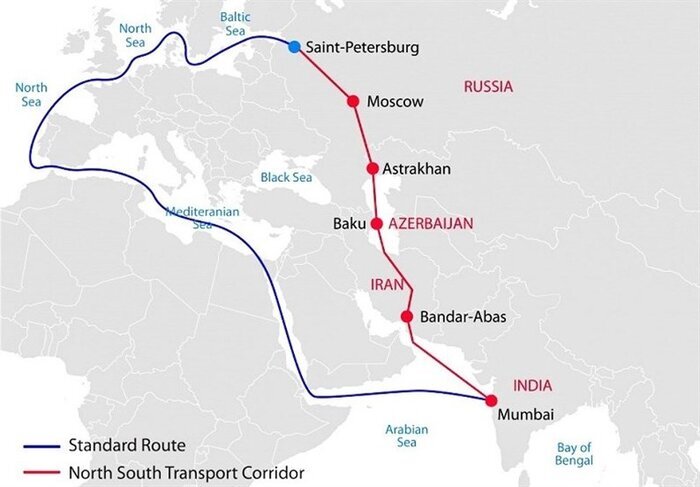
KTAI was officially inaugurated in mid-August 2020 with exporting tea and car tires from Iran to Uzbekistan. The road also helps the security of Iran’s eastern neighbor as well.
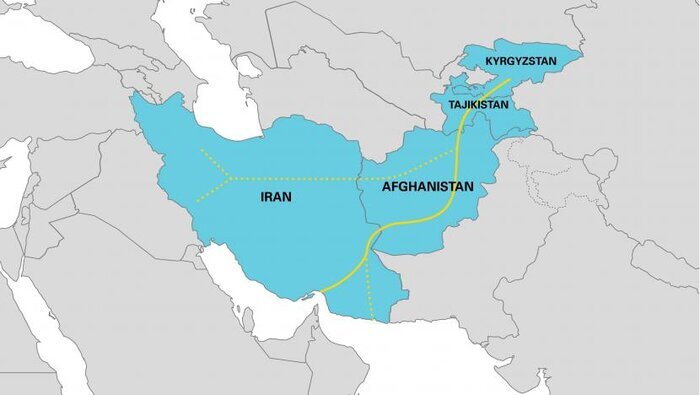
Transit through the KTAI Corridor is done based on TIR Convention, which started in 1959 and was replaced in 1975. Some 58 countries are the members of the convention now, which allows them to transport goods more quickly through easing the customs laws, which considerably reduces the costs and time of transport. Iran has been a member since 22 May 1984.
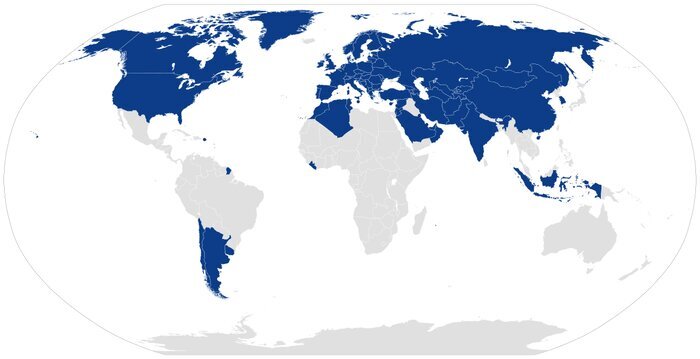
Chabahar is directly or indirectly located on international main roads and can turn into a one of the most strategic transit points in the world. It can be a big gateway for Afghanistan and other landlocked countries of Central Asia to the outside world.
The aforementioned corridors are especially beneficial for two super-economies of Asia – India and China – and provide the necessary motivation for expansion of its infrastructures.
Moreover, Iran is one of the biggest and most populated countries of the Middle East with huge reservoir of oil and energy and can increase the influence and power of the SCO member states.
Translated by: Hossein Abolqassemi
Edited by: Safar Sarabi
9417**1416
Follow us on Twitter @IrnaEnglish

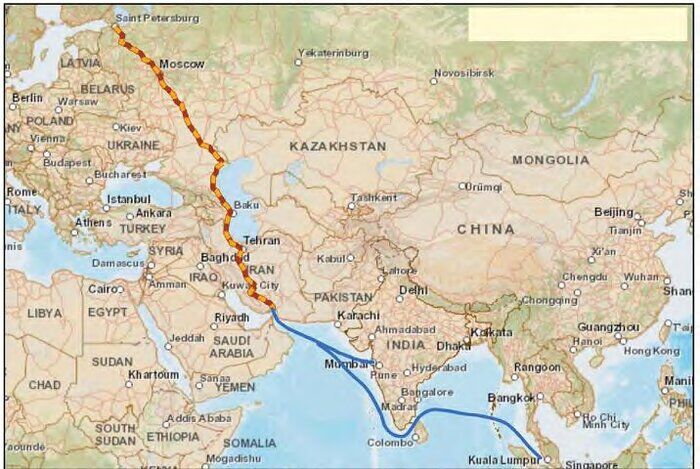

Your Comment